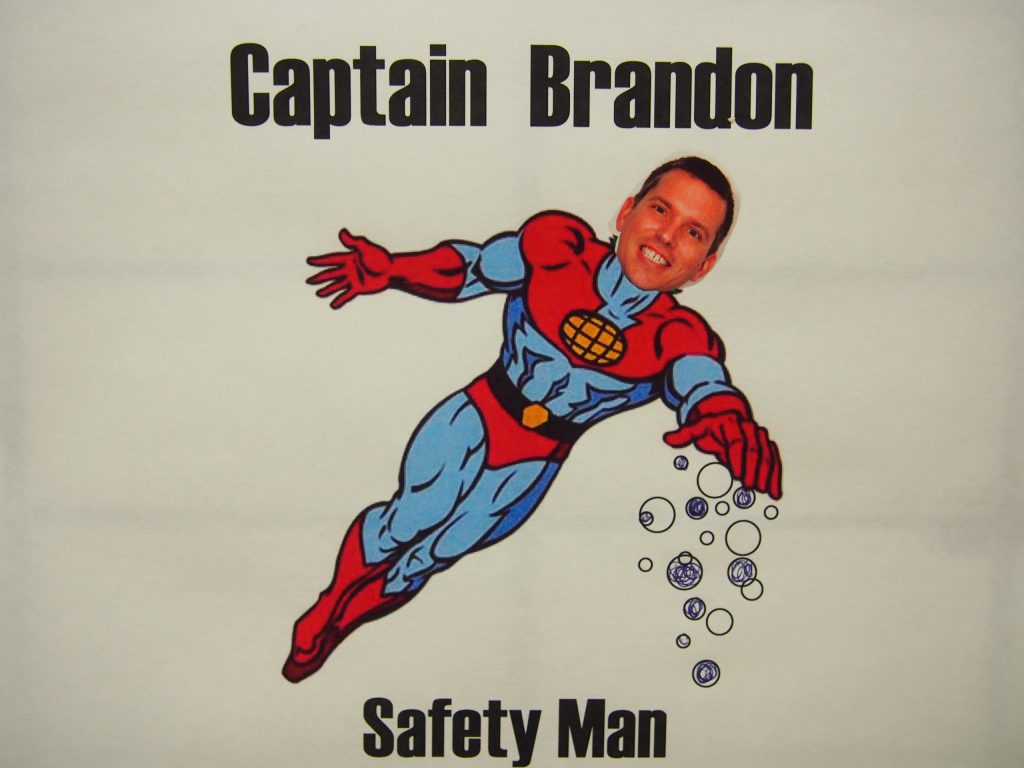
Guest blog: Brandon Dugan, Marine Geoscientist
When I tell people I’m a marine geoscientist who gets a lot of information from drilling wells in the ocean, a few questions come up frequently. Two of the most frequent are “are you drilling for oil?” and “how does the hole stay open during drilling?”. The answer to both of these questions relies on safety assessment for scientific ocean drilling. This ranges from risk analyses before we drill to real-time safety monitoring during drilling.
Prior to any drilling with the International Ocean Discovery Program (IODP), all proposed drill sites must pass a safety review, where any and all potential risks – ranging from oil to seafloor communication cables – are discussed. For oil assessment, we look at previous drilling in the region, geophysical data, and any chemical data to ensure we drill in regions where oil is not believed to exist. For seafloor infrastructure, like cables, we make sure wells are located far enough away to not impact the infrastructure. Once sites are approved as safe for drilling they can be drilled on an expedition.
While out on an expedition, we continually monitor safety during operations. On Expedition 372 we used downhole pressure as our primary safety tool. This monitoring also relates to holes staying open. As we drill a well, bits of sediment or rock (cuttings) are produced by the drill bit. During drilling, we also pump seawater down the drill pipe to the bottom of the hole at rates that can exceed 400 gallons per minute (gpm). This fast-flowing seawater flows back up to the seafloor carrying the cuttings with it. Pumping fluids into the well helps us control the pressure in the borehole, which we monitored very closely on Expedition 372. Because we know the density of seawater and how fast we are pumping, we know what the pressure in the well should be. While monitoring the pressure in the well, we look for pressure kicks, which are rapid increases or decreases in the pressure relative to what it should be. Pressure decreases can indicate that gas is coming into the well. Pressure increases can indicate that the well is caving in or we have water moving from the sediments into the well. Either a large pressure increase or decrease can cause us to respond by changing the pressure in the well. We do this by changing the density of the seawater we circulate by adding mud. If the pressure kick was large enough, we would fill the hole with heavy mud to stop any flowing and then abandon the well.

On Expedition 372, we had a team of scientists who provided continuous (24 hours/day) safety monitoring of the well pressures while we were doing logging while drilling (LWD) operations. We have now completed our LWD operations, and are happy to report we did not observe any pressure kicks! This allowed us to collect high quality scientific data without interruption based on borehole conditions. Now we have great data to continue our studies of gas hydrates, submarine landslides, and slow slip earthquakes.
